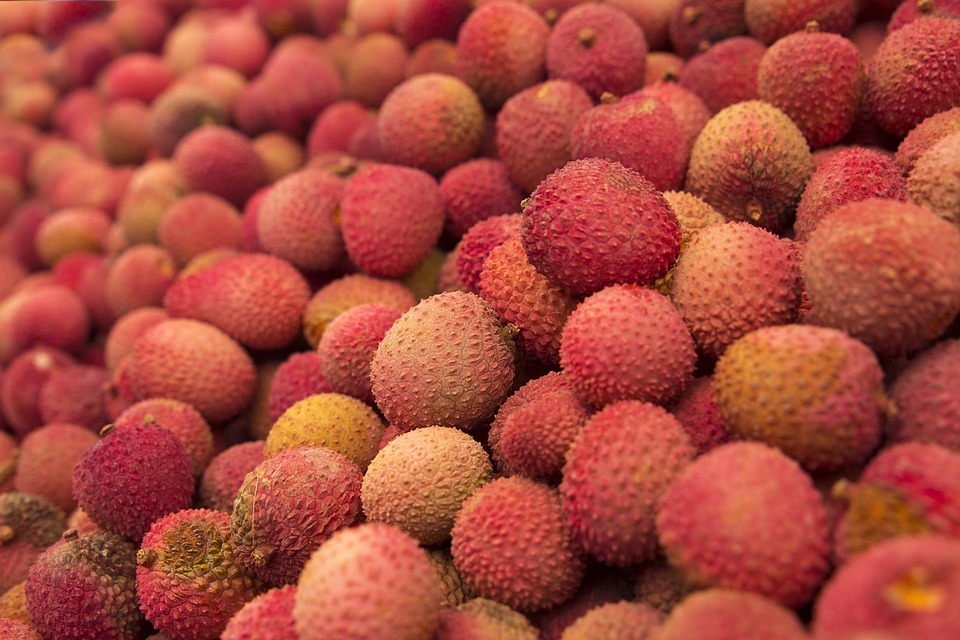Background
Outbreaks of unexplained illness frequently remain under-investigated. In India, outbreaks of an acute neurological illness with high mortality among children occur annually in Muzaffarpur, the country’s largest litchi cultivation region. In 2014, we aimed to investigate the cause and risk factors for this illness.
Methods
In this hospital-based surveillance and nested age-matched case-control study, we did laboratory investigations to assess potential infectious and non-infectious causes of this acute neurological illness. Cases were children aged 15 years or younger who were admitted to two hospitals in Muzaffarpur with new-onset seizures or altered sensorium. Age-matched controls were residents of Muzaffarpur who were admitted to the same two hospitals for a non-neurologic illness within seven days of the date of admission of the case. Clinical specimens (blood, cerebrospinal fluid, and urine) and environmental specimens (litchis) were tested for evidence of infectious pathogens, pesticides, toxic metals, and other non-infectious causes, including presence of hypoglycin A or methylenecyclopropylglycine (MCPG), naturally-occurring fruit-based toxins that cause hypoglycaemia and metabolic derangement. Matched and unmatched (controlling for age) bivariate analyses were done and risk factors for illness were expressed as matched odds ratios and odds ratios (unmatched analyses).
Findings
Between May 26, and July 17, 2014, 390 patients meeting the case definition were admitted to the two referral hospitals in Muzaffarpur, of whom 122 (31%) died. On admission, 204 (62%) of 327 had blood glucose concentration of 70 mg/dL or less. 104 cases were compared with 104 age-matched hospital controls. Litchi consumption and absence of an evening meal in the 24 h preceding illness onset were associated with illness. The absence of an evening meal significantly modified the effect of eating litchis on illness. Tests for infectious agents and pesticides were negative. Metabolites of hypoglycin A, MCPG, or both were detected in 48 [66%] of 73 urine specimens from case-patients and none from 15 controls; 72 (90%) of 80 case-patient specimens had abnormal plasma acylcarnitine profiles, consistent with severe disruption of fatty acid metabolism. In 36 litchi arils tested from Muzaffarpur, hypoglycin A concentrations ranged from 12·4 μg/g to 152·0 μg/g and MCPG ranged from 44·9 μg/g to 220·0 μg/g.
Interpretation
Our investigation suggests an outbreak of acute encephalopathy in Muzaffarpur associated with both hypoglycin A and MCPG toxicity. To prevent illness and reduce mortality in the region, we recommended minimising litchi consumption, ensuring receipt of an evening meal and implementing rapid glucose correction for suspected illness. A comprehensive investigative approach in Muzaffarpur led to timely public health recommendations, underscoring the importance of using systematic methods in other unexplained illness outbreaks.
More information:
http://thelancet.com
